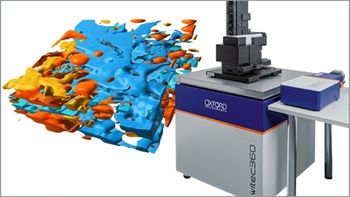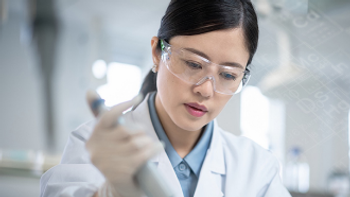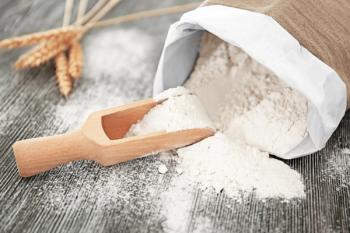
Preparing for “Closer to Zero”: Best Practices for Food Sample Preparation
Webinar Date/Time: Tue, Apr 4, 2023 1:00 PM EDT
Experts share the best practices for safe, worry-free, and fast food sample preparation when implanting Closer to Zero.
Register Free:
Event Overview:
Although microwave digestion reactors have made sample preparation of food samples faster and simpler than traditional methods, there are still significant challenges with preparing food samples for ICP-OES, ICP-MS, or AAS analysis.
Due to the typically low levels of trace metal contamination found in food samples, relatively high sample masses need to be digested in order to even measure the metal content. Additionally, the allowable levels of trace metals are in the process of being further reduced, as detailed in the FDA's 'Closer to zero' initiative. For this reason, the mass of foods samples required for testing will likely increase, thus requiring closer attention to sample reactivities during digestion, and a stronger focus on microwave operator safety.
This webinar will highlight how modern microwave digestion reactors enable fast, safe and accurate digestion of larger samples while simultaneously enabling the sensitivities needed to detect even lower levels of contamination. Best practices for safe, worry-free and fast food sample preparation will round off this practical and actionable webinar.
Key Learning Objectives:
- Current challenges with food sample preparation and how to overcome them
- Learn the current range and capabilities of microwave systems and how to optimize their use
- Tips and tricks for improved food microwave digestion results
Speakers:
Dr. Christian Trampitsch
Product Competence Expert,
Analytical and Synthetic Chemistry
Anton Paar
Dr. Christian Trampitsch obtained his degree in chemistry at the Graz University of Technology. He is currently the product competence expert in analytical and synthetic chemistry with Anton Paar GmbH, where he has worked for more than 15 years in the field of sample preparation. Dr. Trampitsch is involved in application development as well as R&D projects and has gained wide-spread experience in this topic.
Register Free:
Newsletter
Get essential updates on the latest spectroscopy technologies, regulatory standards, and best practices—subscribe today to Spectroscopy.




